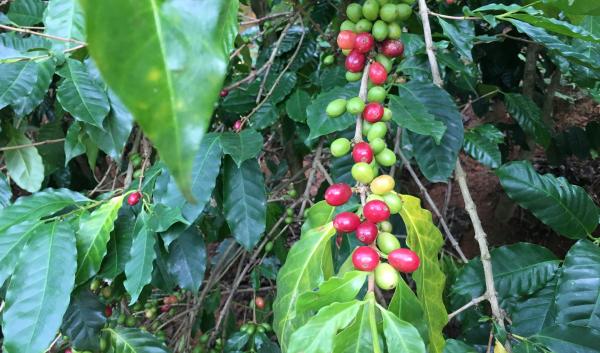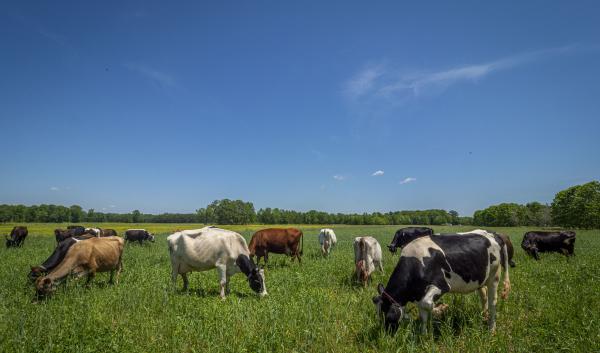Adaptation
Climate change effects are already being observed, and these effects are expected to continue—and intensify—in the future. Adaptation means taking action to prepare for anticipated changes and respond to effects. Preparing human and natural systems for climate change involves assessing information about the vulnerabilities and risks associated with climate change and then choosing a course of action that best fits the management goals and the needs of the system.
There is no single “right” way to respond to climate change, just as there is no single right way to manage resources. Natural resource management is diverse and will continue to be diverse with climate change.
Some of the actions we are already taking to manage natural resources will likely help ecological systems adapt to changing conditions, even though climate change may not have been a specific consideration in developing those actions. However, it is risky to automatically assume that our current management plans and actions will work in a changing climate with warmer temperatures, altered precipitation patterns, and other expected effects. Given the potential challenges of climate change, it is important to act with intentionality, which means explicitly considering and addressing the climate change effects that could impact our management goals and actions. Deliberately including climate change in our work makes plans and actions more robust. How well do current actions already address the expected effects of a changing climate? Are there other actions that we may want to consider? (from CCRC)
Continue to the full text of Adapting to a Changing Climate or browse related content:
-
Climate Adaptation Guides for Tropical Agriculture and Forestry
The objective of this NRCS-funded project Climate Adaptation Guides for Tropical Agriculture and Forestry is to develop…
-
Seedlot Selection Tool
The Seedlot Selection Tool assists land managers in considering climate change while planning reforestation and…
-
No-Till Farming for Climate Resilience
No-till farming keeps crop residues on farmland, protects soil, and limits the release of greenhouse gases.
-
Cover Crops for Climate Resilience
Cover crops can make farms more resilient to the impacts of climate change by enhancing soil health and water quality.
-
Virtual Fencing as a Climate Adaptation Strategy
Virtual fencing allows ranchers to move livestock without physical fences and could be an effective climate adaptation…
-
Rotational Grazing for Climate Resilience
Rotational grazing could help agricultural producers mitigate and adapt to the effects of climate change.
-
Forest Owner Carbon and Climate Education (FOCCE) program
The Forest Owner Carbon and Climate Education (FOCCE) program is a collaboration between thirteen university extension…
-
Northwest Adaptation in Action
This collection highlights the work of individuals who are implementing climate adaptation and mitigation practices on…
-
Turn the Tap: A Focus on Soil Moisture Education
To help farmers improve their irrigation efficiency and gain greater knowledge on how to monitor soil moisture…










